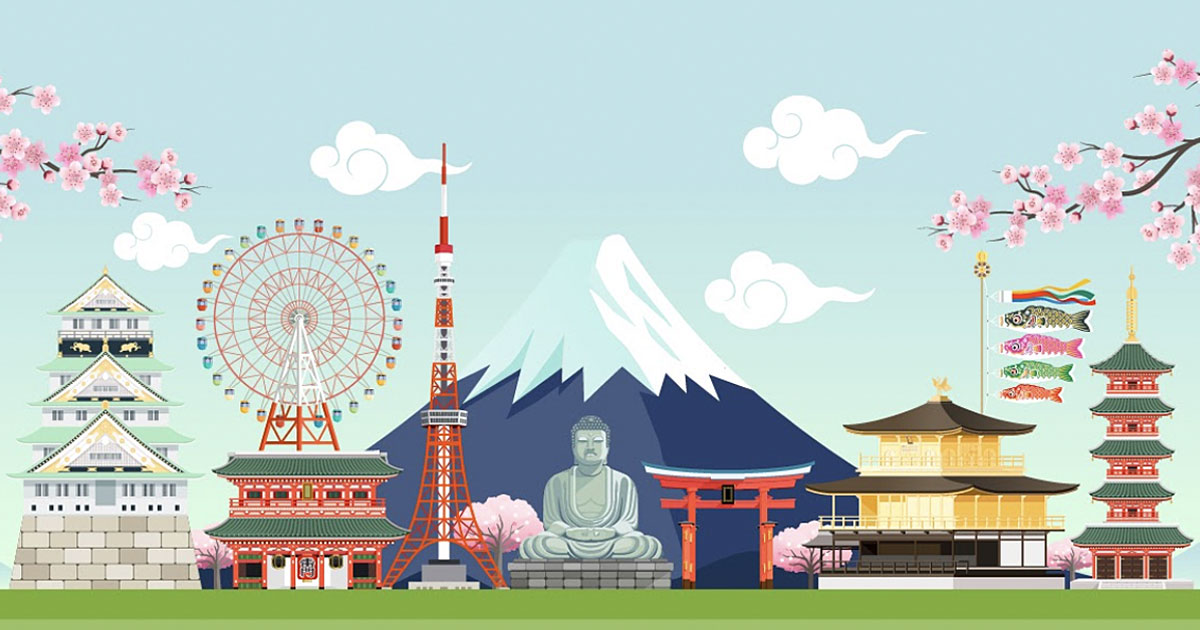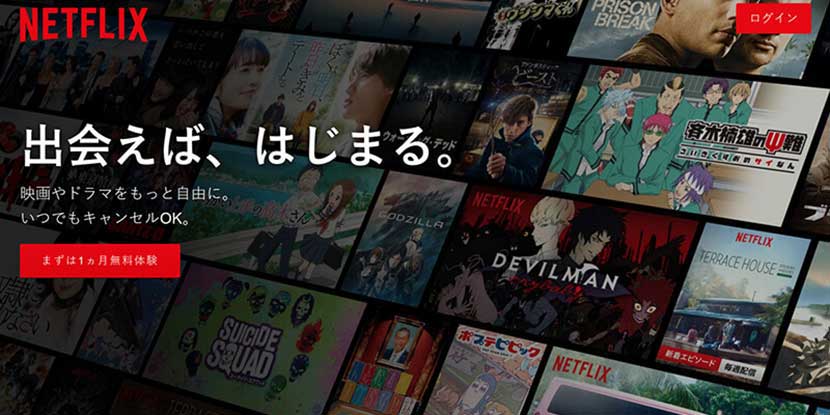
Btrax Design Company > Freshtrax > Localization in...
Localization in Japan: Understanding the ins-and-outs of Japanese Websites
So, you’ve decided to localize your website for the Japanese market. An excellent choice for high-profit potential – Japan is the third-highest economy in the world with remarkable brand names such as Nintendo, Canon, Toyota, and Uniqlo.
As a foreign business entering Japan, how might we make a mark in website localization?
Since localization is a highly specialized field, we’ll take an in-depth look at localization for websites and games. We’ll look at localization processes such as content creation, content extraction, and creation, that all go into making your Japanese website great.
Then, I’ll show examples of brands that have successfully localized for the Japanese economy, market, and audience–examples any brand can follow.
So let’s dive in.
Japanese Website Localization
When you’re localizing for multilingual functions, you want to keep in mind that websites and games will be seen through computers/mobile devices/game platforms. That means the scalable design of these will matter, and the localization processes will be different for each.
When done properly, website localization can make your business a perfect fit for that region and also enhance your global market potential, and since localization is specialized, there are so many other elements to consider. So what’s the best way to localize Japanese websites?
Here are two tips to begin with:
- Keep data on your target audience – Know which demographics you will most appeal to, whether it be age (are you marketing to millennials, Gen Z, or senior citizens?), gender (are you in a female-centric or male-centric field?), or a specific group in society (entrepreneurs, gamers, publishers, etc). Whichever segment of the Japanese population they are in, your audience will be of the utmost importance to you.
- Keep an eye on the Japanese market trends – You can’t expect to go into this market without keeping in touch with the Japanese market trends and doing your own market analysis on your specific market in Japan.
Are you ready to localize your website for use in Japan? Here are a few specifics on the localization process, with an eye on Japan:
Content Extraction
First, you’ll need to extract content. Your content inventory, your process mapping, and your glossary of text strings need to be translated. Don’t just use automatic machines for this one. Automatic machines and human supervision are best for content extraction since they will work for hand in hand for accurate extraction.
International SEO
Of course, you’re going to want to be doing keyword research for the Japanese market, as part of your international SEO.
The standard is to use a top-level domain to rank for Japanese search engines. Your hreflang should read: company.jp.
Inbound links will also work for Japanese search engines, and since content marketing is not really a huge part of Japanese SEO, affiliate advertising will still appear.
Quality Assurance
Quality Assurance is a huge element of website localization. This is where the human supervision of the machine will come into play, as well as quality assurance checks of not just what’s translated but, of course, user experience.
Project managers may supervise each part of the project, making sure the project runs smoothly as well as certifying the quality of the localization work at hand. Ideally, project managers that are suited for this task will have extensive knowledge of both the Japanese culture/market and the localization process of Japanese websites. Choosing a good project manager can make the whole process run smoothly.
How Companies Nailed Localization in Japan
NESCAFE

Credit: https://www.nestle.co.jp/
For a society that loves to drink tea, how did Nestle, or Nescafe in particular, market coffee?
Nescafe, from Swiss company Nestle, offers a completely different experience in their Japanese website than their US counterpart. It has a modular design, with more images and descriptions. It also has different product offerings.
In 2012, they launched their Nescafe Ambassador program, where office workers would work as baristas all over the country and also spread the word about coffee in the workplace.
With creativity, it’s clear that Nescafe took care and effort in maximizing its market potential in Japan through marketing and localization.

Credit: https://www.nestle.co.jp/
NETFLIX

Credits: https://monkeyprivacy.com/watch-japanese-netflix/
One of the companies with the best localization strategies out there is Netflix. For their Japanese website, they have content filled with J-Pop and J-drama, and of course, Japanese films.
With content that doesn’t rely solely on the appeal of American films, Netflix thoroughly localizes content for their specific Japanese audience.
Coca-Cola

Coca-Cola: https://www.ccbji.co.jp/
The key to understanding Japanese website localization is that it must be tailored for the Japanese audience. If you’re still reading this, you should know that by now.
Therefore, the simplified yet text-driven design of the Coca-Cola Japanese website, plus the use of captivating images made this a success story when it comes to Japanese website localization.
Like Netflix, the Coca-Cola site also has an inventory of products only available in Japan, which shows their focus on creating localized content.
To top it off, they have a localized app for Japanese consumers, called Coke On, where Japanese customers can order from.
What A Marketing Company Can Do For You
As you can probably see, localization is not an easy task. This is why many choose to localize with a special team or with an outsourced marketing company. Btrax, a design and marketing company, can help you understand and successfully enter the Japanese market. With expertise in Japan-US market entry and growth, your business will better understand the needs of the Japanese market, while launching your business to grow internationally.
Make Your Japanese Localization Efforts Worth Your While
For example: Japan is a high risk, high reward market. If you’re up for the challenge to join the ranks of international companies, let’s get localizing!
Now that you’ve understood the ins and outs of Japanese website localization, you can take your website or games to new heights in Japan. Watch out for trends, do your research, and extend your brand’s vision to Japan.
It can be risky, from the highly specific technical processes to content marketing within varying subcultures to navigating the complexities of the Japanese language–but it can also be thoroughly worth your while.
Our new E-Book is ready to download!
We’re thrilled to announce the release of our newest e-book: “A Guide to the Promotional Seasons in Japan.”
Featuring insights and examples of successful marketing campaigns that leverage Japan’s distinct seasons to market their products to thrive in the Japanese market!







